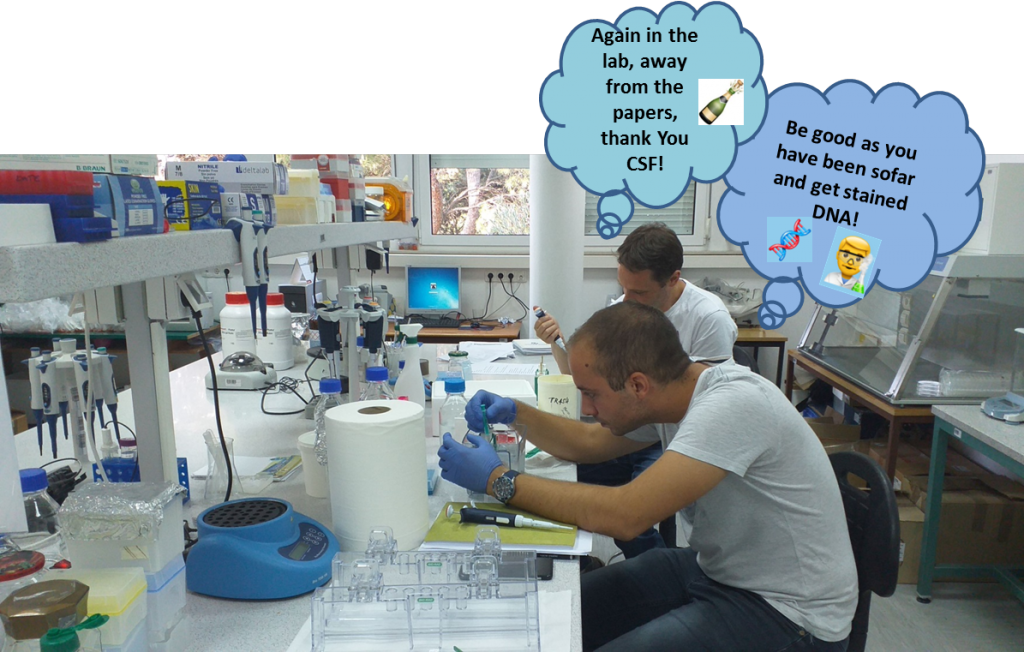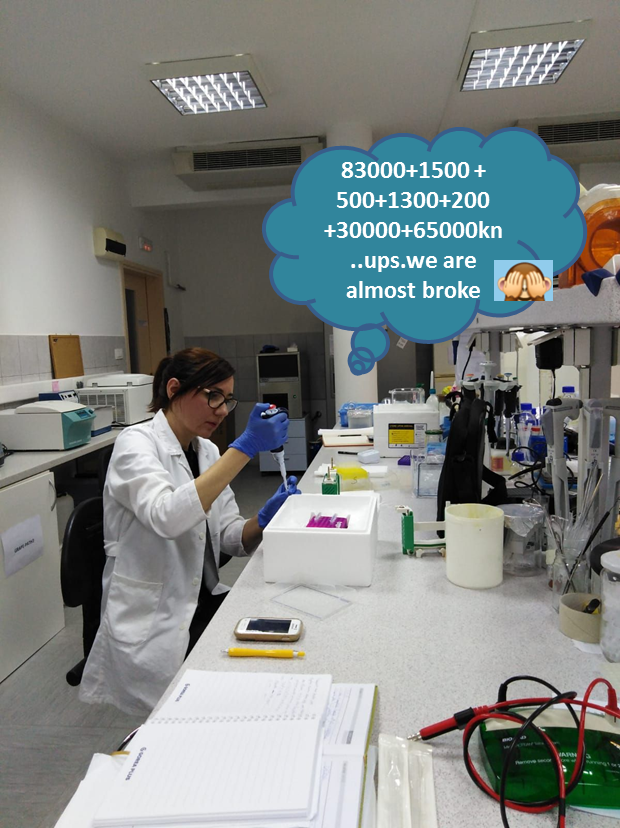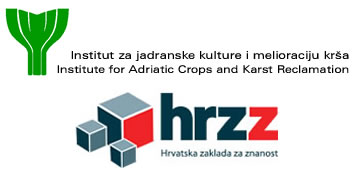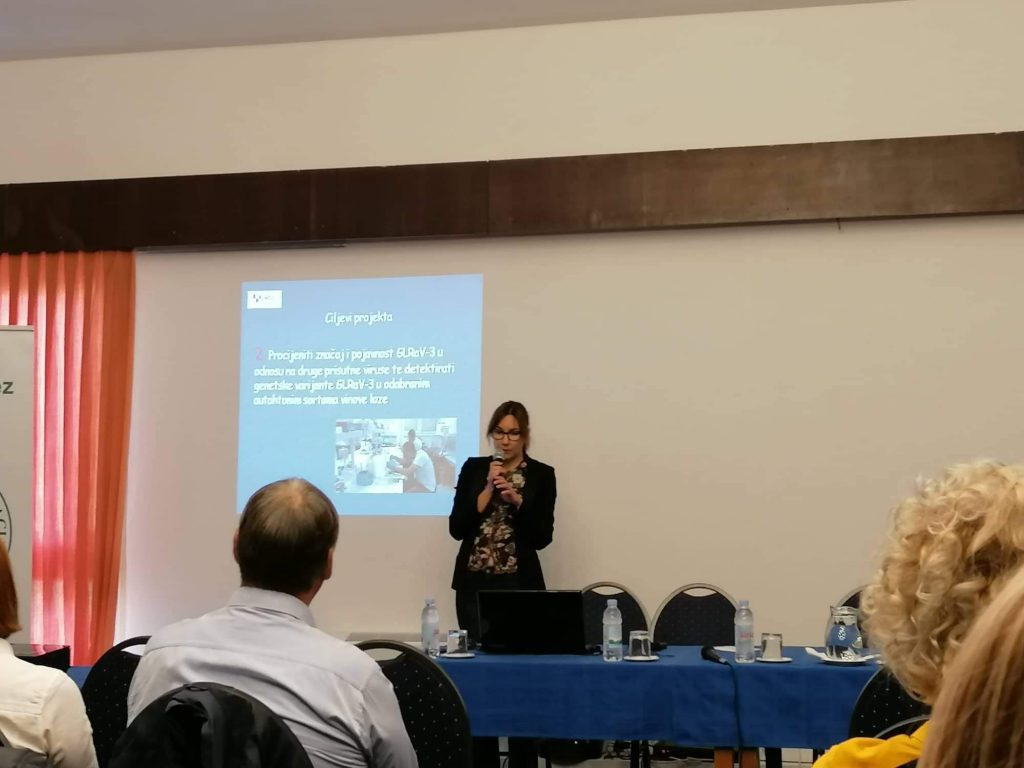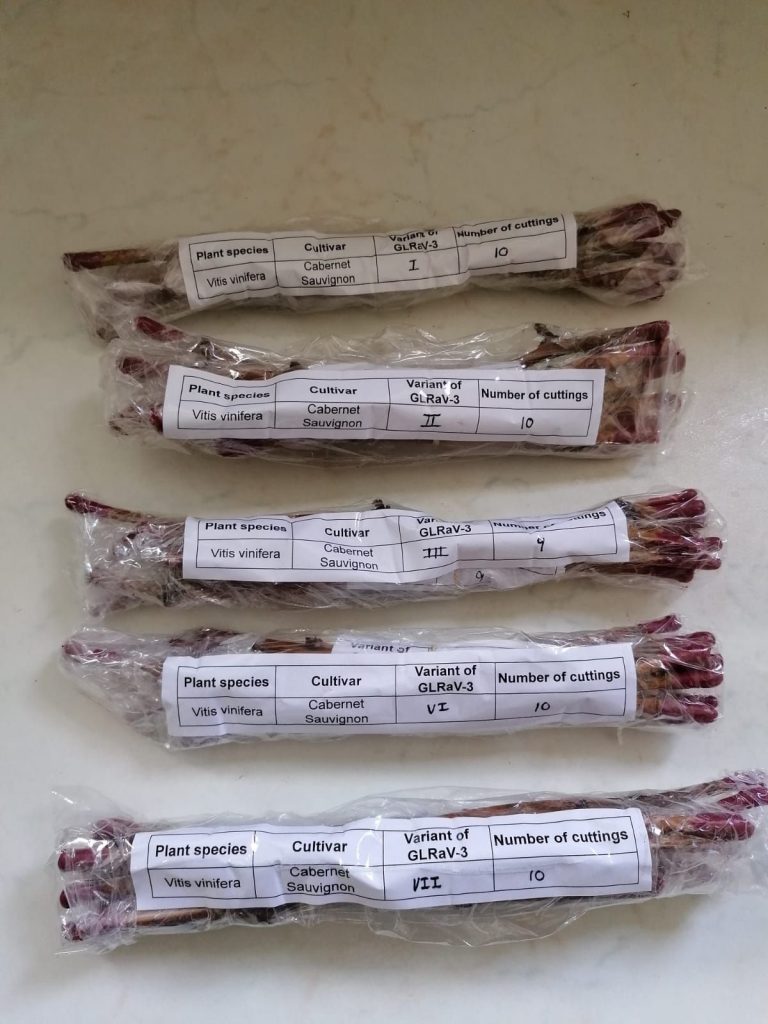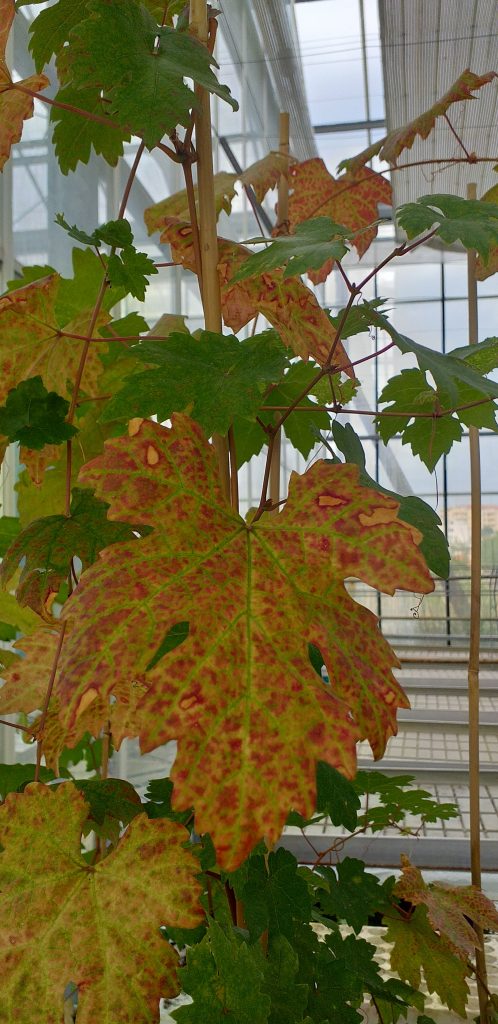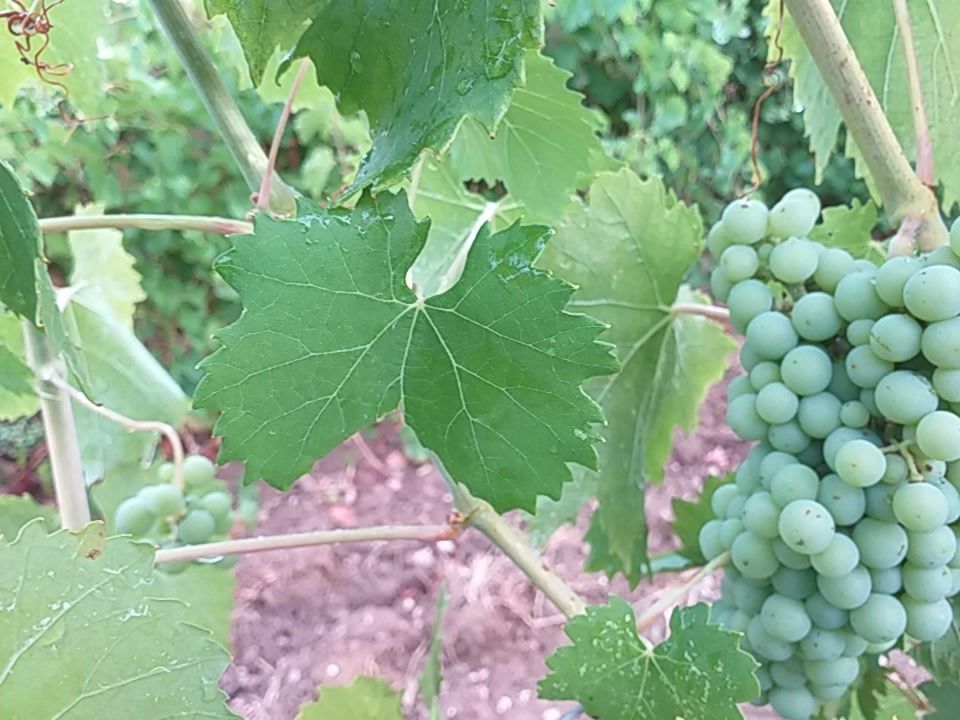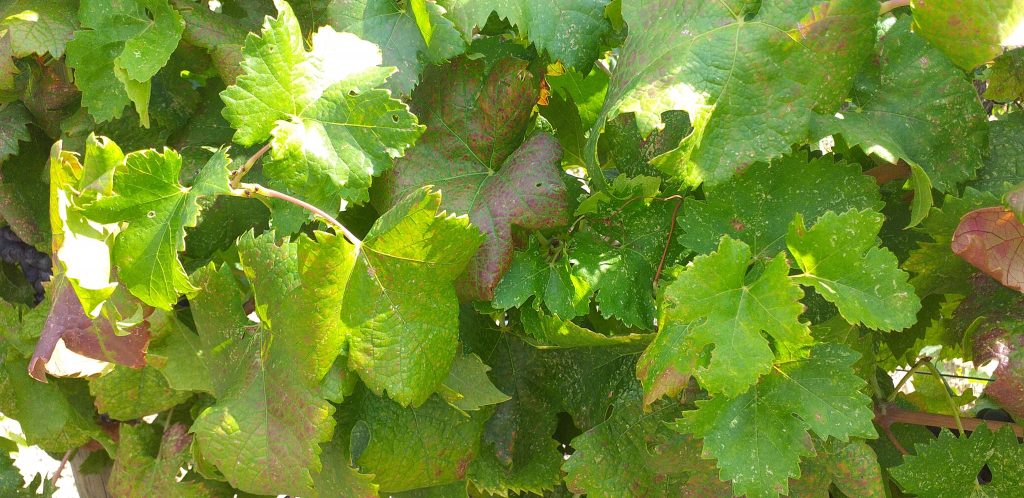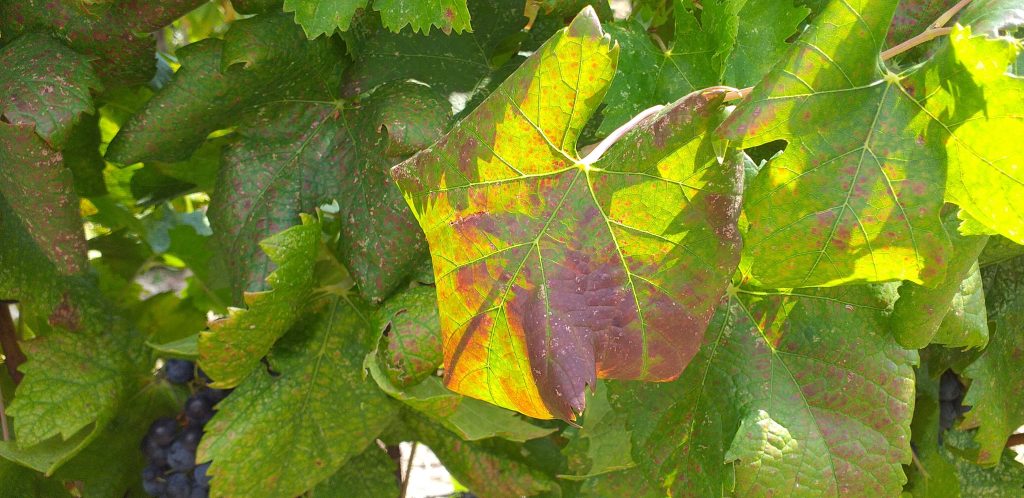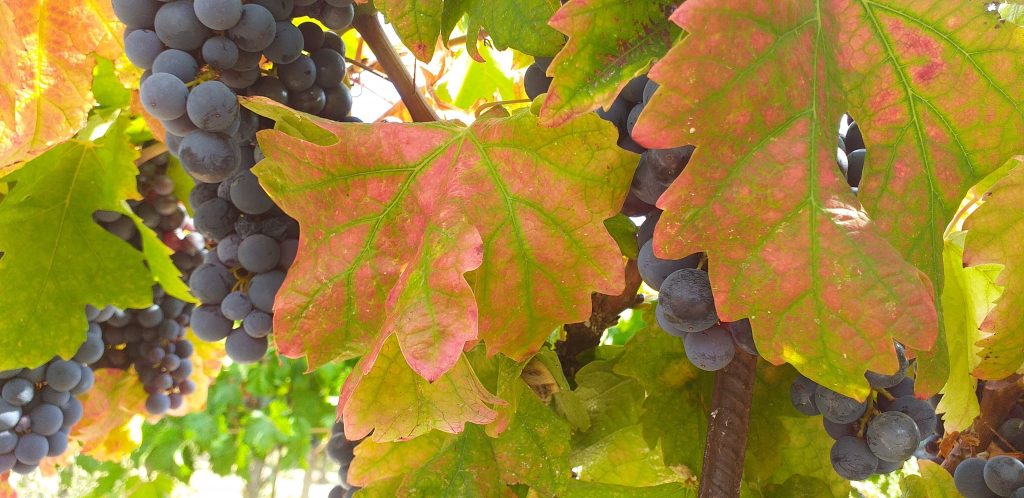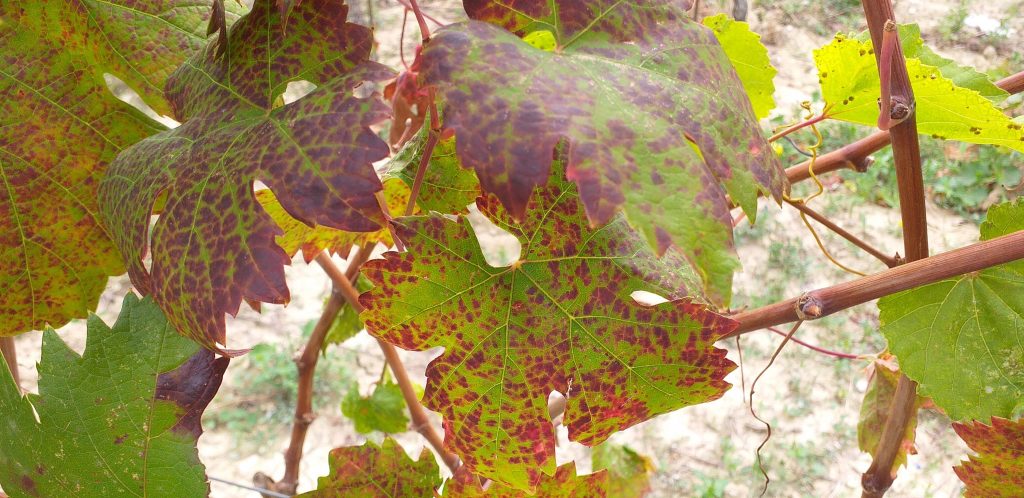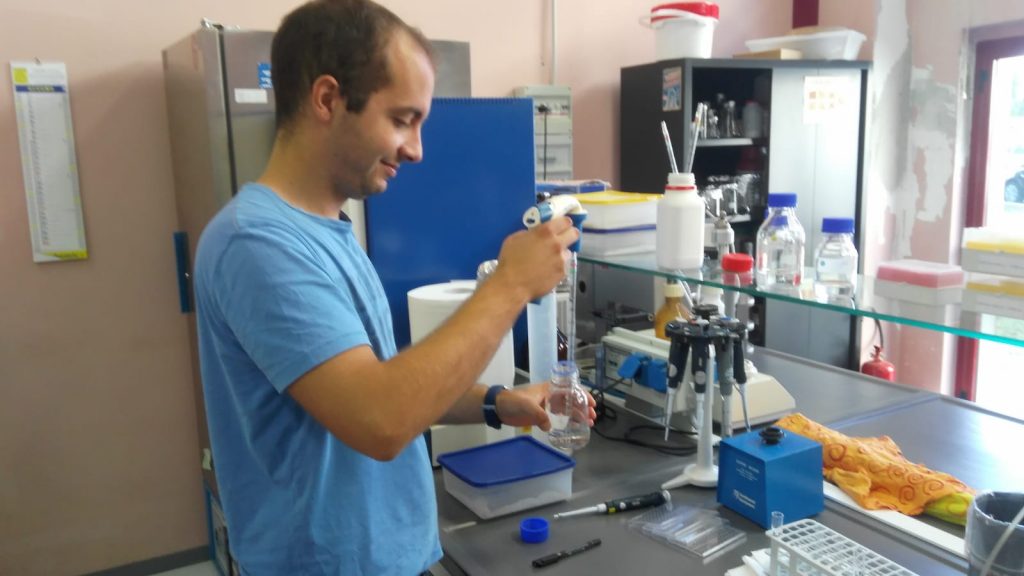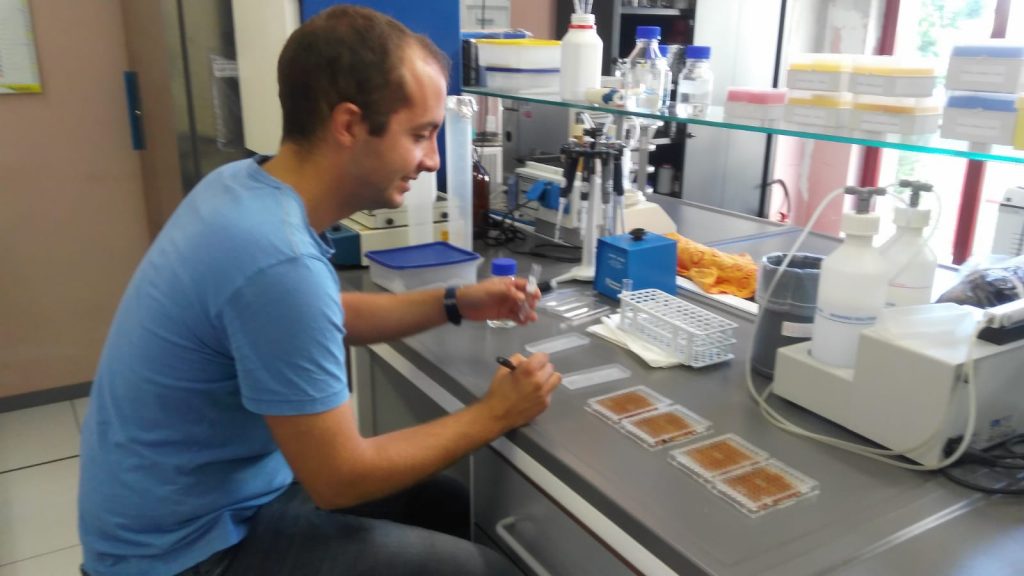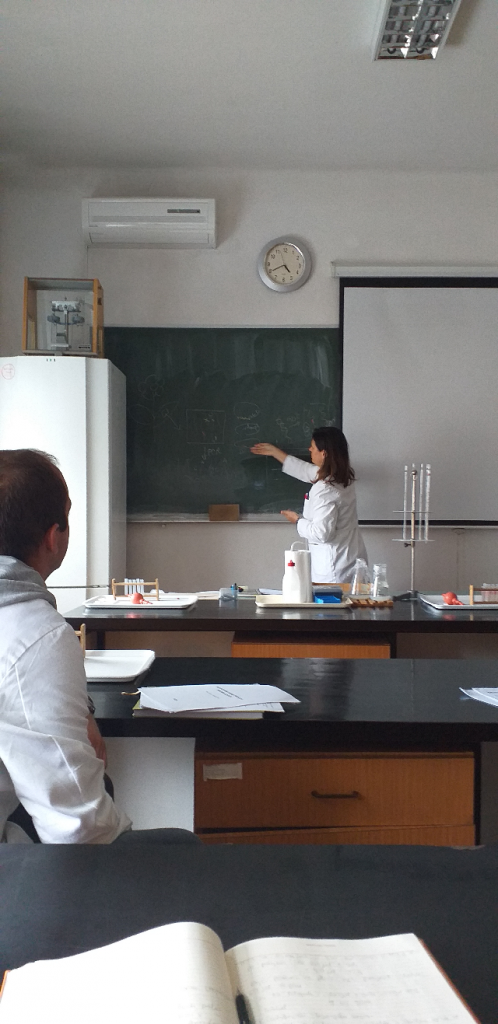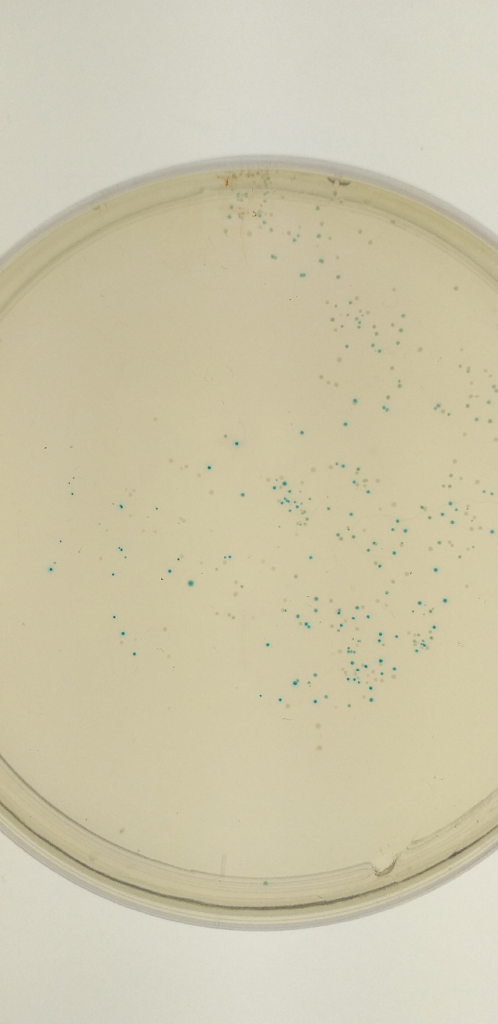The year 2019 is going toward its end, so as the first year of the GRAPE-PATH3 project. It has been a great year! Our team is now wealthier for one new team member, Mate a fresh PhD student. Our lab is now equipped with modern UV-DOC system, ELISA reader and system for vertical electrophoresis. We grow plants in newly improved vegetative chamber. We have results on viral distribution and GLRaV-3 population structure among autochthonous grapevine cultivars. And plenty more.. Above all, we had a great time working together!
Have a great New Year and plenty of great new results!
GRAPE-PATH3 Team
